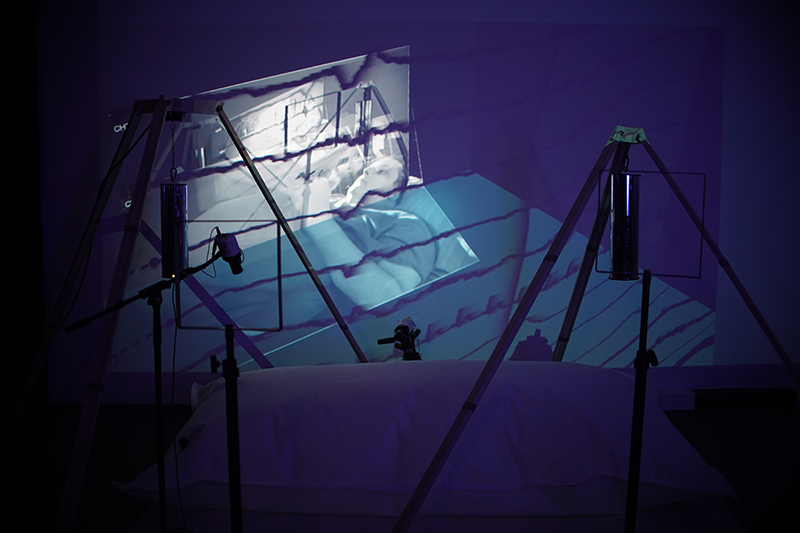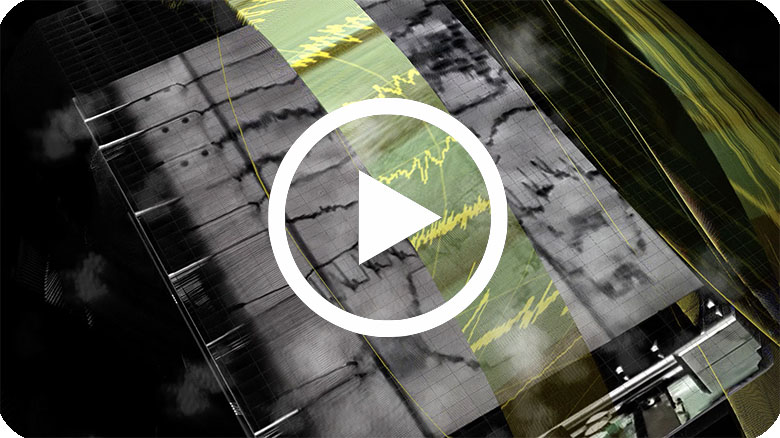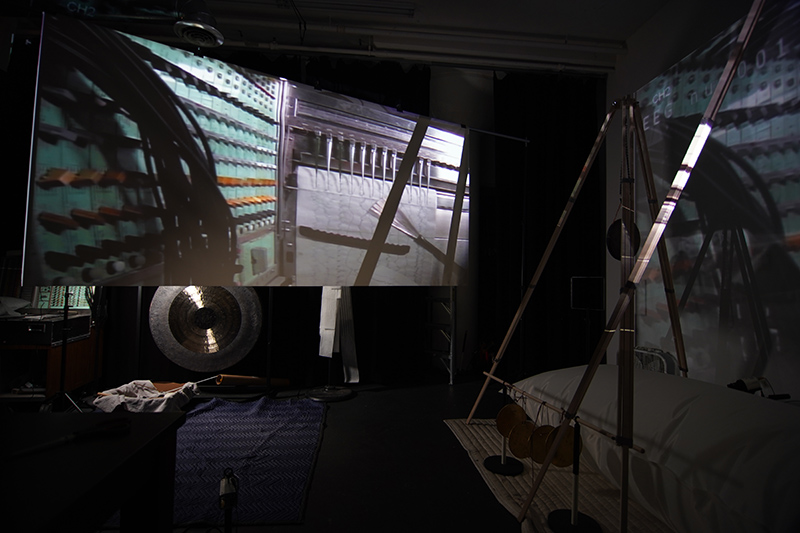
The Responsibility of Breath
2019 - present | Multi-Modal Studies (Micro-Performances, Video, VR, Installation, NFT)


About
The Responsibility of Breath is a series of multi-modal studies based on research conducted at the University of Michigan Penny W. Stamps School of Art and Design in coordination with Michigan Medical Sleep and Circadian Research Laboratory. Taking form as micro-performances, installations, videos, objects, sounds, texts, libretto, virtual reality environments, and musical gestures, these studies inform research and development for the next phase of the opera, Century of Progress / Sleep.
Informed by Douglas Kahn's expansive vision of energies in the arts, sleep may also be viewed as a plural, with operations and activities rooted in extraction, interconvertibility, and indefiniteness. Related observations from sleep science include that wake and sleep are not discrete states, but patterns that occur simultaneously, and in degrees. To paraphrase Buiatti and Longo from their paper on multilevel interactions in biology: living systems dynamics are not stable or unstable, but far from equilibrium processes that undergo a flow of energy; a simultaneous blend of stability and instability. In a certain sense, the body is asleep and awake at the same time. In this terrain, breath provides a through-line, a way to navigate, observe, and attend to roiling continents of sleep.
This work has been shaped by the events of the past twenty-plus months; a period defined by breath. During this time, watching breath as data, trying to hold breath (physically, conceptually, emotionally), the legibility, musicality, and potency of breath has emerged as an organizing principle, guided by a series of questions: When is our breath no longer an extension of the body? When is one no longer responsible for their breath? What is the half-life of that responsibility? Was our breath ever our own?
VR Environment

LAUNCH VR Environment (via Mozilla Hubs)
This virtual reality environment will work without any special hardware. It allows multiple viewers to enter the space simultaneously, and will function from within web browsers, mobile phones, or VR headsets. That said, the Safari web browser is known not to fully function with Mozilla Hubs, which hosts the VR environment, if you have the option to use a different browser, it is recommended for this experience. Note that while inside the environment, using headphones will give you a fuller experience of the sound field, and pressing the "g" key on your keyboard will toggle "flying" mode which allows you to float throughout the entire experience without any limits on movement - what a dream!
NFT / Studies


University of Michigan Interview




Variable Channel Video Installation
This documentation (original size: 7680 x 2160) as a single-channel video includes a seven-minute sound composition mixed for stereo. Other arrangements for this work include 8-channel installation (with sixteen channel audio), and 2-channel installation.Links and Press
* Paul Catanese on The Responsibility of Breath (University of Michigan)* Virtual Reality Opera Explores Consciousness, Sleep (University of Michigan)